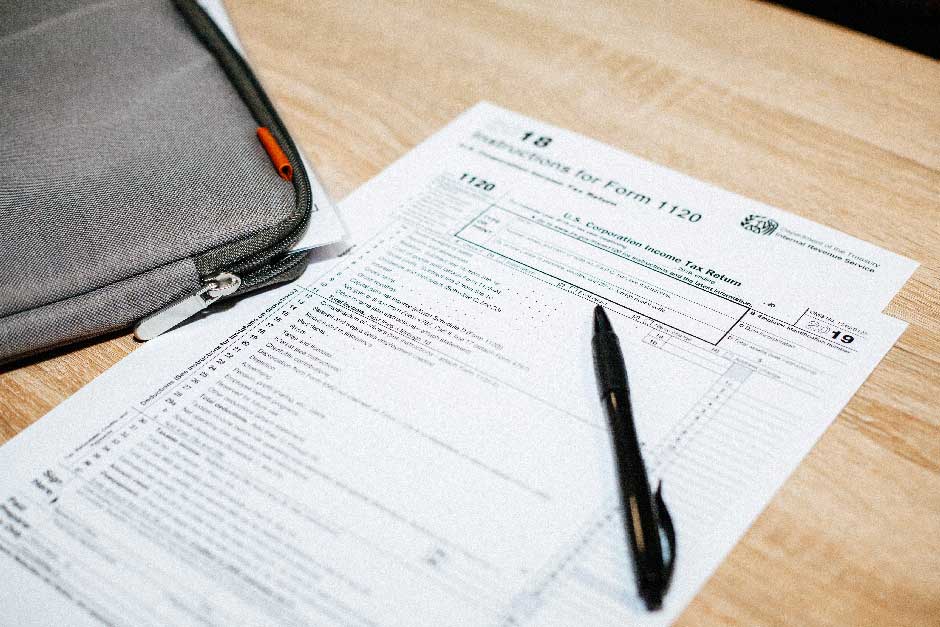

Tips for Saving on Your Auto Insurance Premium
- home
- Blog
Tips for Saving on Your Auto Insurance Premium
Auto insurance is essential, but that doesn’t mean you have to pay more than you need to. Whether you're renewing your policy or shopping for a new one, there are several strategies you can use to reduce your premiums while maintaining adequate coverage. Here are some tips for saving on your auto insurance premium:
1. Compare Quotes from Different Providers
One of the most effective ways to save money on auto insurance is by shopping around. Insurance companies often offer different rates for the same coverage, so it’s important to compare quotes from multiple providers. You can use online comparison tools to get estimates, or contact insurance agents to help guide you through the process. Be sure to compare not just prices, but the coverage options and customer service records of each company.
2. Maintain a Good Driving Record
Your driving history is one of the most significant factors in determining your auto insurance premium. Drivers with clean records—no accidents or moving violations—are generally seen as lower-risk by insurance companies. If you have a history of accidents or speeding tickets, it may be worth taking a defensive driving course to reduce your premium.
3. Increase Your Deductible
Your deductible is the amount you pay out of pocket in the event of a claim before your insurance kicks in. By increasing your deductible, you can lower your premium. However, this comes with a risk: If you get into an accident, you'll have to pay more upfront. Be sure to set a deductible amount that you can comfortably afford in case of an emergency.
4. Take Advantage of Discounts
Many insurance companies offer a variety of discounts that can significantly lower your premium. Common discounts include:
- Multi-policy discount: Save by bundling your auto insurance with other types of insurance, like home or renters insurance.
- Good student discount: Students with good grades may qualify for lower rates.
- Low mileage discount: If you don’t drive much, you may be eligible for a discount.
- Safety features: Cars with safety features like anti-theft devices, airbags, or automatic emergency braking may qualify for discounts.
- Loyalty discount: Staying with the same insurer for several years can earn you a discount.
5. Review Your Coverage Regularly
As your circumstances change, your insurance needs might too. It’s a good idea to review your coverage annually and make adjustments if necessary. For example, if your car is getting older, you might not need full comprehensive or collision coverage. In this case, switching to liability-only coverage could reduce your premium.
6. Drive a Car with Lower Insurance Costs
Some vehicles are cheaper to insure than others. Cars that are expensive to repair or replace, or those that are considered high-risk for theft or accidents, often come with higher premiums. Before buying a new car, check its insurance costs. Insurance companies typically provide quotes based on the make, model, and year of the vehicle, so choosing a car with lower rates could save you money over time.
7. Pay Your Premiums in Full
Some insurance providers offer discounts for paying your premium in full at the beginning of your policy term. By avoiding monthly payment plans, you can often save on administration fees and other charges. If you can afford it, paying for your policy upfront is a smart way to save money.
8. Consider Telematics or Usage-Based Insurance
Telematics, or usage-based insurance, involves installing a device in your car that tracks your driving habits, such as speed, braking, and mileage. If you’re a safe driver, this can lead to significant savings, as insurers reward good driving behavior with lower premiums.
9. Keep Your Credit in Good Shape
In many states, insurers use your credit score to determine your premium. Drivers with higher credit scores tend to pay less for auto insurance. If you’re looking to lower your premium, consider improving your credit score by paying down debt, making timely payments, and checking for errors on your credit report.
10. Drive Less
Insurance companies often charge higher premiums to drivers who put a lot of miles on their cars. If you can reduce the number of miles you drive—by working from home, carpooling, or taking public transportation—you may qualify for a lower rate. Some insurers offer "pay-as-you-drive" or "pay-per-mile" insurance plans, which charge based on how much you drive.
11. Consider a Local or Regional Insurer
While national insurance providers may seem like the obvious choice, local or regional insurers may offer more competitive rates. Smaller insurers sometimes have lower overhead costs and can pass those savings on to their customers.
12. Avoid Unnecessary Add-Ons
While it can be tempting to add extra features or riders to your policy (like rental car coverage or roadside assistance), these additions can increase your premium. Assess whether you really need these add-ons, or if you can live without them to save money.
Conclusion
Reducing your auto insurance premium doesn't have to mean sacrificing coverage. By comparing quotes, maintaining a good driving record, increasing your deductible, and taking advantage of discounts, you can lower your costs without compromising your protection. Be proactive about reviewing your policy and making adjustments as needed, and you’ll be on your way to significant savings in no time.
Remember: the cheapest policy isn’t always the best policy. Make sure that your coverage meets your needs before making any changes.

